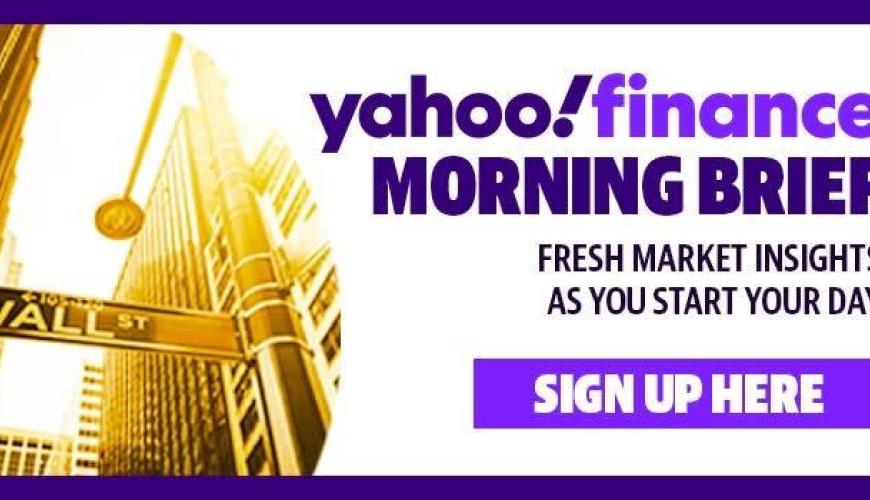Large Tech Firms Benefit From Advertising Market Recovery
- 12 February 2024 2:02 AM

The current resurgence in the advertising market predominantly benefits behemoth tech companies with trillion-dollar market caps. Much of the legacy media and smaller tech entities have been left out of this triumphant revival story, emphasising the market's dominance by these large corporations.
Google and Meta, two top players in the digital advertisements market, are projected by Insider Intelligence to rake in over $140 billion in 2024. This forecast indicates that these two tech giants are set to clinch nearly half of all digital ad revenues once again. As the world emerges from a multi-year advertisement shortfall, it is these massive enterprises that will reap the rich rewards, whereas the rest will likely be left scrambling for the remainders.
The digital landscape offers these dominant entities a global platform on which to broadcast their commercial messages, providing them with a sprawling audience base. In addition, these tech monoliths have powerful targeting capabilities, fine-tuned through years of algorithm development and data collection, maximising ad relevance to end users. This combination of global reach and optimised ad relevancy significantly increases brand exposure and interaction, markedly improving return on ad spend, making these platforms the ideal choice for advertisers amidst the market's resurgence.
Inclusive in these platforms' success are billions of daily active users across a wide range of demographics, appealing to advertisers aiming for a diverse, global audience. The ad resurgence is proving to be a windfall for these platforms, epitomising an oligopolistic situation in which a small number of sellers dominate the market, concentrated in the hands of these sprawling tech conglomerates.
The fallout from the revival of the advertisement industry signifies that the growing influence of large tech companies is affecting traditional and smaller media outlets which struggle to compete. The capacity of these tech giants to leverage vast user bases and sophisticated targeting techniques reinforces their monopoly in the market, making it increasingly harder for smaller platforms to gain traction.
The advertising industry thus seems to be drifting towards a growing centralisation, commandeered by a few powerful entities. Considering this trajectory, it becomes increasingly important for smaller players to explore innovative strategies in digital marketing to remain competitive. The expanding digital landscape can offer windows of opportunity for those who can harness technologic advances and behavioural changes in digital consumerism.
In conclusion, the halcyon days seem to be at an arm's reach for giant tech firms benefiting from the resurgence in the ad market. Yet, for the smaller players and traditional media, the road ahead seems arduously competitive, demanding creativity and the passion to innovate. As the digital advertising market recovery continues, all eyes will be on the strategies adopted by smaller entities seeking to remain relevant in this increasingly unbalanced landscape.
